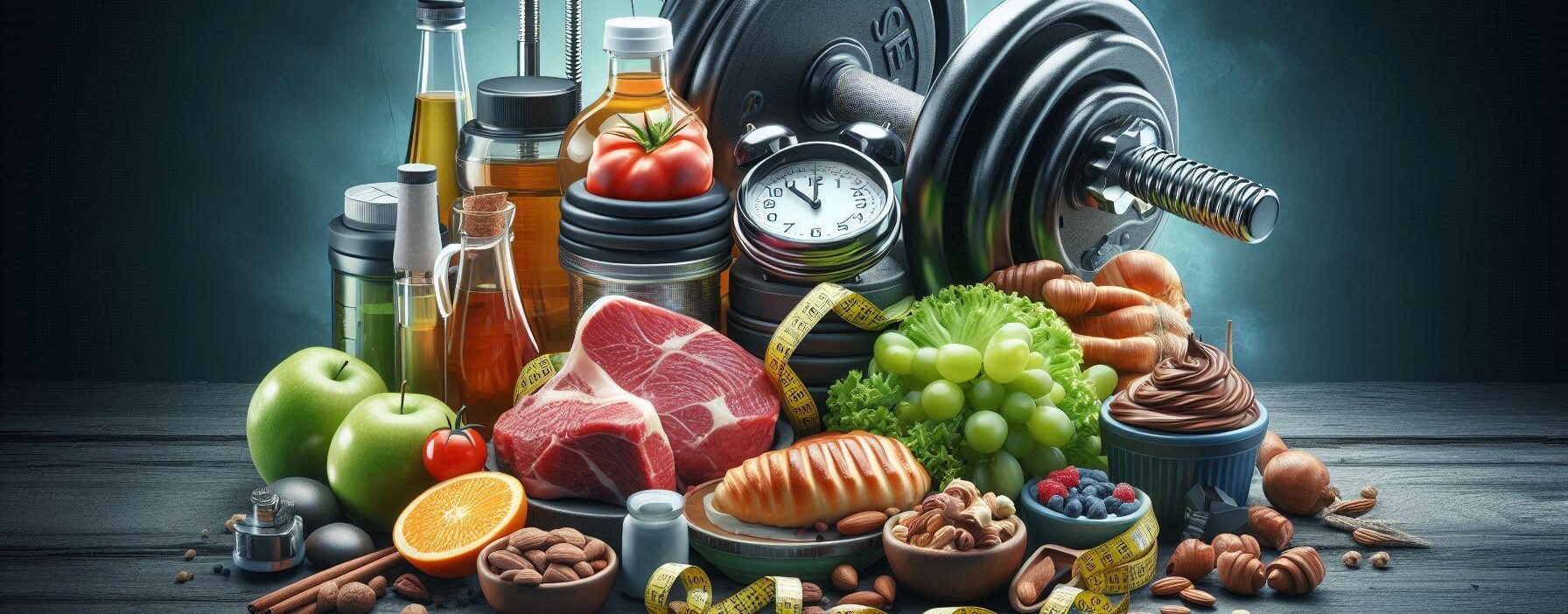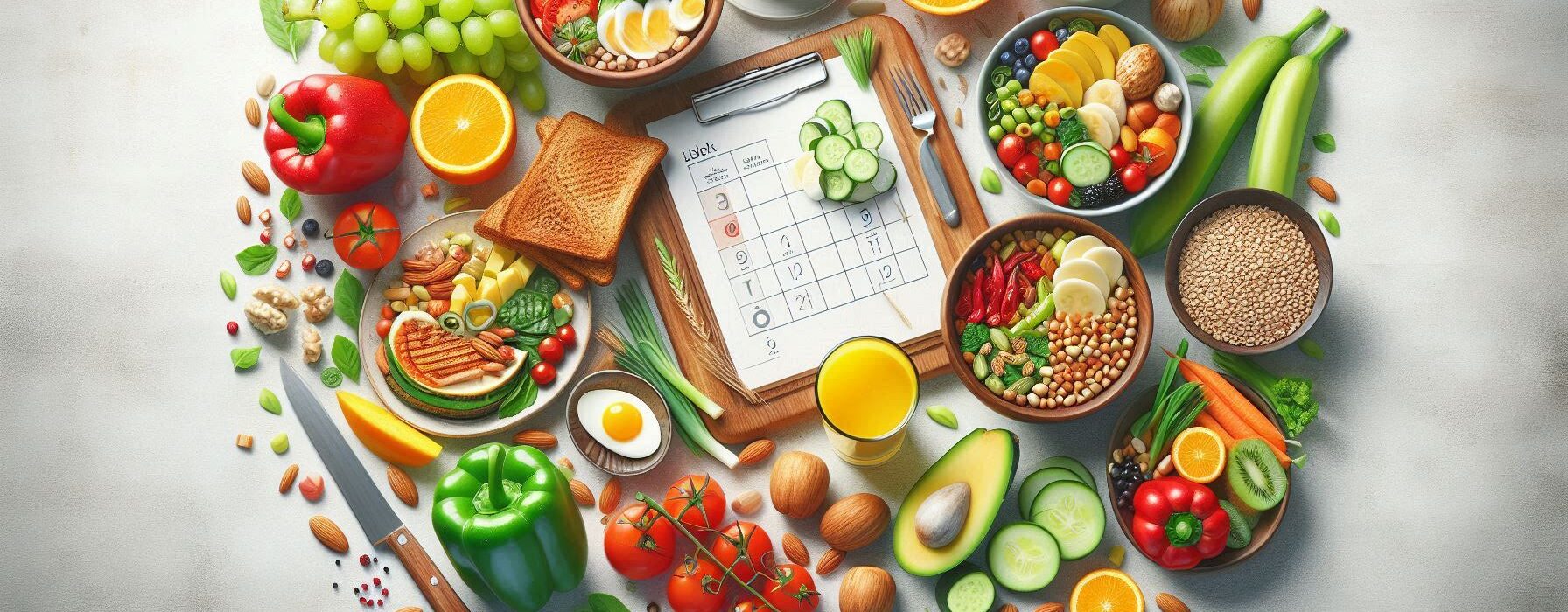Please Note: This post may contain affiliate links. If you click one of them, we may receive a commission at no extra cost to you. As an Amazon Associate, I earn from qualifying purchases.

Let’s talk about fats. Yes, those little troublemakers that have been unfairly demonized over the years. You might think that eating fat will turn you into a couch potato faster than you can say “extra cheese,” but hold on!
Healthy fats are actually your friends in the world of fitness nutrition. They’re like the loyal sidekick in an action movie—always there when you need them, even if they don’t get enough credit.
Top Takeaways and Key Concepts
Prioritize healthy fats like avocados, nuts, olive oil, and fatty fish over trans fats.
Eat healthy fats daily to support vitamin absorption, hormone production, and brain function.
Use fats for recovery by adding omega-3 rich foods to reduce muscle soreness and inflammation.
Balance macros wisely with lean protein, complex carbs, and healthy fats at each meal.
Add fats creatively using foods like nut butter, hummus, and olive oil to boost nutrition.
Summary of This Article
This article explains why healthy fats are essential—not something to fear or avoid. It breaks down the difference between good fats (mono- and polyunsaturated) and bad ones (trans and excess saturated fats), emphasizing how healthy fats support vitamin absorption, hormone production, and brain health. The article highlights their role in muscle recovery by reducing inflammation and boosting energy after workouts. It also stresses balancing fats with carbs and proteins and offers simple meal ideas to include healthy fats daily. The message is clear: embrace healthy fats as a powerful ally in fitness and nutrition.
Video Summary
Shortcuts to Exercise Equipment Shopping at Amazon
Ellipticals - Exercise Bikes - Recumbent Bikes - Treadmills - Rowers
Dumbbells - Resistance Bands - Kettlebells - Benches - Pull-up Bars
1. Understanding Different Types of Fats
First things first: not all fats are created equal. It’s essential to know the difference between healthy fats and their sneaky counterparts—the unhealthy ones that lurk around fast-food joints and convenience stores like a bad horror movie villain.
Healthy fats include monounsaturated and polyunsaturated fats. These guys can be found in foods like avocados, nuts, seeds, olive oil, and fatty fish (hello, salmon!).
On the flip side, we have saturated fats (think bacon) and trans fats (the stuff found in many processed foods). While it’s okay to indulge occasionally—because who doesn’t love a good burger?—you should focus on incorporating more healthy fats into your diet.
So next time someone tells you to avoid all fats, just nod politely while secretly planning to whip up some guacamole later!
2. Why Your Body Needs Healthy Fats
Now let’s get into why these healthy fats are so important for your body—because I promise they’re not just there for flavoring your kale salads! Our bodies need fat for various reasons: it helps absorb vitamins A, D, E, and K (the “fat-soluble” vitamins), which are crucial for overall health.
Additionally, healthy fats play a vital role in hormone production. Yes, hormones—the tiny messengers that tell our bodies what to do! For instance, testosterone is essential for muscle growth; without enough healthy fat intake, we might end up feeling as energetic as a sloth on a lazy day.
Finally, let’s not forget about brain health! Our brains are made up of nearly 60% fat; hence consuming adequate amounts of omega-3 fatty acids from sources like walnuts or flaxseeds can boost cognitive function—and no one wants to forget where they left their keys… again!
3. How Healthy Fats Aid Muscle Recovery
Speaking of workouts—healthy fats also aid muscle recovery after those grueling sessions at the gym or living room floor. After exercising hard enough to make me question my life choices while doing burpees (seriously), my muscles need fuel to repair themselves.
Including healthy fats in post-workout meals provides energy while promoting inflammation reduction—a key factor when it comes to recovery time! Think about having grilled chicken with avocado or salmon drizzled with olive oil after leg day; both options will give your muscles what they crave without leaving you feeling sluggish afterward.
Interestingly enough, studies suggest that diets rich in omega-3s can help reduce delayed onset muscle soreness (DOMS)—that delightful feeling when stairs suddenly become Mount Everest after leg day!
4. Balancing Macronutrients: Fats vs Carbs vs Proteins
By the way, balancing macronutrients is crucial for anyone looking to optimize their fitness nutrition plan. It’s like trying to balance a three-legged stool; if one leg is too short or too long (or missing entirely), everything topples over spectacularly!
While protein often steals the spotlight when it comes to muscle building—and rightly so—healthy carbs and fats shouldn’t be neglected either! Aim for a balanced plate consisting of lean proteins (chicken breast or tofu), complex carbohydrates (quinoa or sweet potatoes), and healthy fats (avocado or nuts).
This approach keeps energy levels stable throughout workouts while ensuring optimal recovery afterwards—not unlike having dessert before dinner because nobody likes being hangry during meal prep!
5. Delicious Ways to Incorporate Healthy Fats Into Your Diet
Alright folks! Now that we’ve established how beneficial healthy fats are let’s explore some delicious ways to incorporate them into our daily meals without sacrificing taste—or sanity.
Start your morning off right with oatmeal topped with almond butter and banana slices—it’ll keep you full until lunch without leaving you reaching for sugary snacks mid-morning! For lunch? Try adding sliced avocado onto sandwiches instead of mayo—it adds creaminess plus nutrients galore!
Dinner could feature roasted vegetables tossed in olive oil alongside grilled fish topped with mango salsa—you’ll feel fancy without breaking out any culinary school textbooks! And don’t forget snacks: hummus paired with carrot sticks makes an excellent choice packed full of flavor AND fiber!
Conclusion: Embrace Those Healthy Fats
In conclusion—and this is important—don’t fear healthy fats! They’re not going anywhere anytime soon, nor should they be cast aside like last week’s leftovers. Instead embrace them as part of your fitness nutrition strategy because they provide essential benefits ranging from improved recovery times to better overall health outcomes.
So go ahead: drizzle some olive oil on those veggies tonight; add guacamole onto tacos tomorrow—you might just find yourself loving every bite while achieving those fitness goals along the way!
Suggested Resources:
Healthy Fats Explained
https://www.healthline.com/nutrition/healthy-fats
The Importance of Omega-3 Fatty Acids
https://www.ncbi.nlm.nih.gov/pmc/articles/PMC4997439/
How Much Fat Should You Eat?
https://www.webmd.com/diet/features/how-much-fat-should-you-eat

Kevin Collier is a passionate fitness expert dedicated to helping individuals achieve their health and wellness goals. With a focus on weight lifting, exercise routines, and effective weight loss strategies, he aims to inspire and motivate others on their fitness journeys. Through evidence-based insights and practical advice, Kevin empowers readers to make informed decisions about their health, encouraging a balanced approach to fitness and overall well-being. Whether you’re a beginner or an experienced athlete, his expertise offers valuable guidance to elevate your fitness game.




